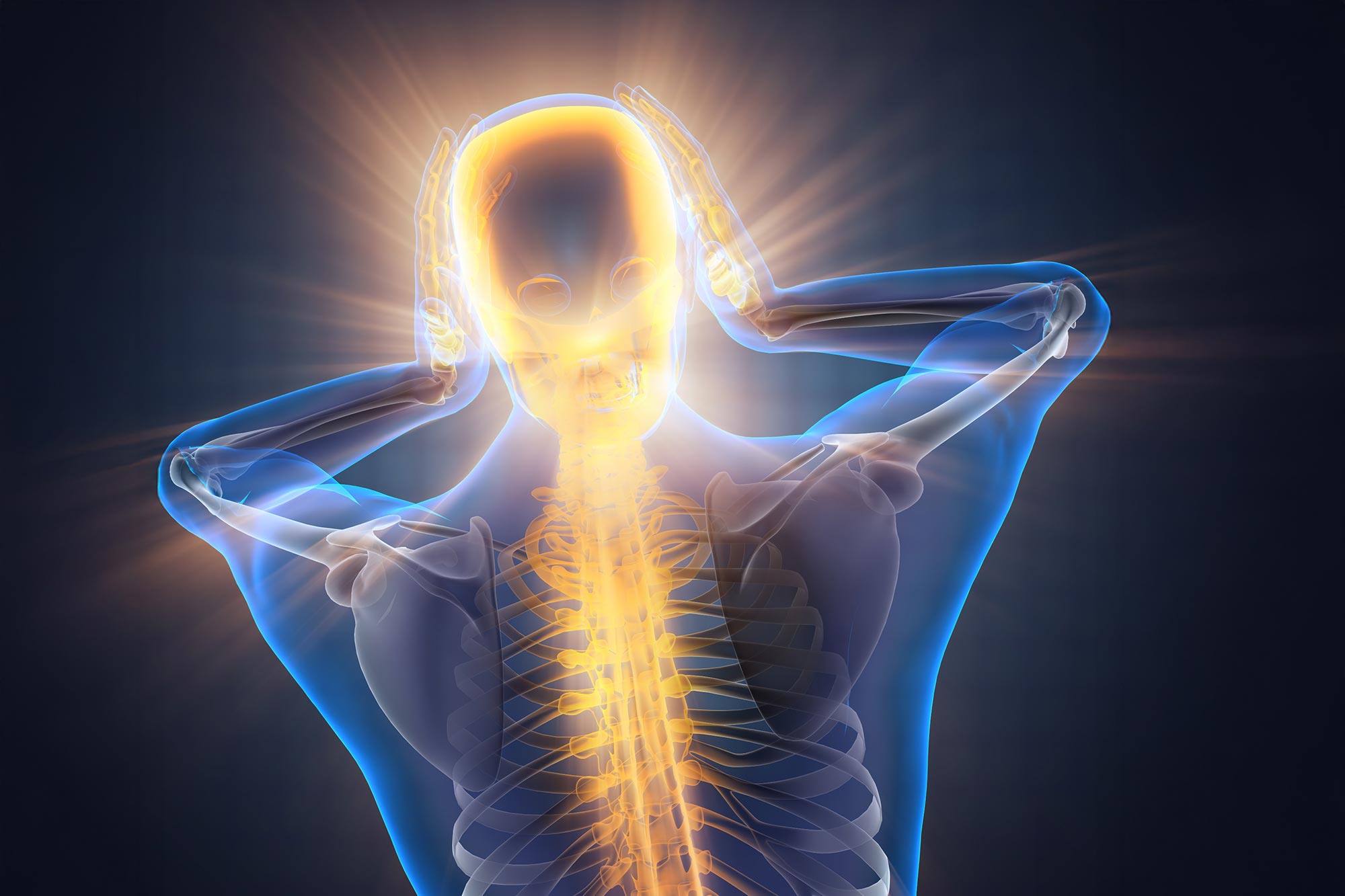Summary of The End of Opioids? New Drug Could Change the Way We Treat Severe Pain:
A new non-opioid pain reliever developed in Japan, named ADRIANA, shows promise in clinical trials, offering a safer alternative to opioids. Unlike traditional opioids, which have high risks of addiction and severe side effects, ADRIANA works through a different biological pathway by targeting α2-adrenoceptors, potentially reducing pain without cardiovascular risks. Early trials at Kyoto University have been successful, and further trials are planned in the US. If commercialized, ADRIANA could help combat the opioid crisis by offering a new pain management option. The research is supported by Japanese science and medical development agencies.
*****
The End of Opioids? New Drug Could Change the Way We Treat Severe Pain
- Japan’s new non-opioid pain reliever, ADRIANA, offers hope for safer pain management without the risks associated with opioids.
- ADRIANA targets a unique biological pathway, reducing pain by blocking α2B-adrenoceptors.
- Early clinical trials in Japan show promising outcomes, with large-scale trials planned in the United States.
- This discovery has the potential to significantly contribute to reducing opioid dependence and misuse, impacting the public health crisis.
- ADRIANA’s development paves the way for broader pain management solutions and global health improvements.
Imagine a world where severe pain can be managed without the haunting specter of opioid addiction. Picture freedom from dependency and overdose; a chance to reclaim life with dignity and strength. Intriguing, isn’t it? Enter ADRIANA, a groundbreaking discovery in the realm of pain management that hails from the innovative minds at Kyoto University in Japan. If successful in ongoing trials, this could mark a paradigm shift in how we treat severe pain, moving away from the shadow of opioids.
The Magnitude of Pain Management
Pain is a universal experience, a complex interplay of biological, psychological, and social factors. For centuries, opioids have served as powerful allies in combatting severe pain. Yet, these potent drugs come with daunting side effects: respiratory depression, heightened risk of addiction, and, for many, the irreversible descent into substance misuse.
In Japan, the prescribing of opioids is tightly regulated – a sharp contrast to some other parts of the world where more liberal dispensation has contributed to widespread tragedy. Imagine, by 2023, the United States alone accounted for over 80,000 deaths annually due to opioid overdoses. That staggering figure underscores the urgent need for newer, safer alternatives.
Unveiling ADRIANA: A New Analgesic Hope
Enter ADRIANA, a novel pain relief drug emerging as a beacon of hope. This innovative compound operates by blocking α2B-adrenoceptors, a departure from the conventional opioid pathway. Picture a master key that unlocks pain relief without the risk of addiction. Researchers drew inspiration from the natural response to life-threatening stressors, where noradrenaline plays a crucial role in pain management. But earlier approaches risked destabilizing cardiovascular function – a precarious tightrope to walk.
Imagine a jigsaw puzzle where each piece must fit perfectly; similarly, understanding the interplay between noradrenaline levels and α2B-adrenoceptors was key to developing ADRIANA. The team at Kyoto University, with surgical precision, identified a method to enhance the body’s natural pain reduction without compromising heart health. Their tool? The ingenious TGFα shedding assay, a method enabling them to analyze specific receptor subtypes.
From Laboratory Breakthrough to Clinical Success
The journey of ADRIANA from the lab to real-world application exemplifies meticulous scientific dedication. You can picture them testing this compound on mice, observing with bated breath as data unfolded before their eyes. Initial trials showed promise, leading to non-clinical studies assessing safety in different scenarios.
Imagine the anticipation as physician-led trials began at Kyoto University Hospital. Here, ADRIANA faced its litmus test. Both Phase I trials in healthy volunteers and Phase II in postoperative patients showed remarkable results – akin to a movie’s triumphant climax where everything aligns perfectly.
The excitement doesn’t end in Japan; preparations are now rolling for extensive trials in the United States. Picture researchers and strategists from BTB Therapeutics collaborating across oceans, all driven by a shared goal: to make ADRIANA accessible to the many who suffer chronic pain in silence.
Implications Beyond Pain Relief
But ADRIANA’s potential extends beyond alleviating physical pain. This drug could be pivotal in tackling the opioid crisis head-on. Imagine the ripple effect if reliance on opioids decreased significantly. Communities ravaged by addiction could find space to heal, and healthcare systems burdened by opioid-related complications might breathe easier.
ADRIANA symbolizes more than a new treatment; it’s a tangible representation of progress in public health. It’s a message to the world that we can innovate our way out of crises, that with dedication and collaboration, breakthroughs are possible. Picture the endless potential of scientific discovery when fueled by this mindset.
The Global Stage and Future Directions
And what of the global stage? ADRIANA’s journey tests the waters of international collaboration in medical science. It’s a dance between innovation hubs spanning Asia and America, uniting under the banner of a common cause. In stealing insights from each other’s experiences, this cross-border cooperation might just be the blueprint for future medical breakthroughs.
Looking ahead, researchers are eager to expand trials, exploring ADRIANA’s efficacy across diverse pain types. Imagine a world where individuals suffering from chronic pain conditions like fibromyalgia or arthritis benefit from effective, non-addictive relief. Envision a healthcare system where treatment options are diverse and adaptable to individual needs.
An Inspiring Call to Action
So, where do we, the wider audience, fit into this narrative? First, as recipients of hope. Second, as advocates for change. Picture yourself as a conduit for these developments, sharing news, supporting policy changes, or even contributing to research funding initiatives. Each small action compounds, cultivating an environment that nurtures innovation and breakthroughs.
Isn’t there something exhilarating about this prospect? That through collective effort, through passion and perseverance, we can redefine paradigms? ADRIANA encourages us to dream of possibilities unfathomed, to embrace new paths with courage and resolve. It’s an open invitation to believe in a future where severe pain doesn’t have to come with a heavy cost.
As we stand on this threshold of potential change, let ADRIANA embolden you. Let it inspire you to question the status quo, to push boundaries, and to believe in the power of human ingenuity. In this evolving story, you are a vital chapter, brimming with hope and a vision that contributes to a healthier tomorrow.


